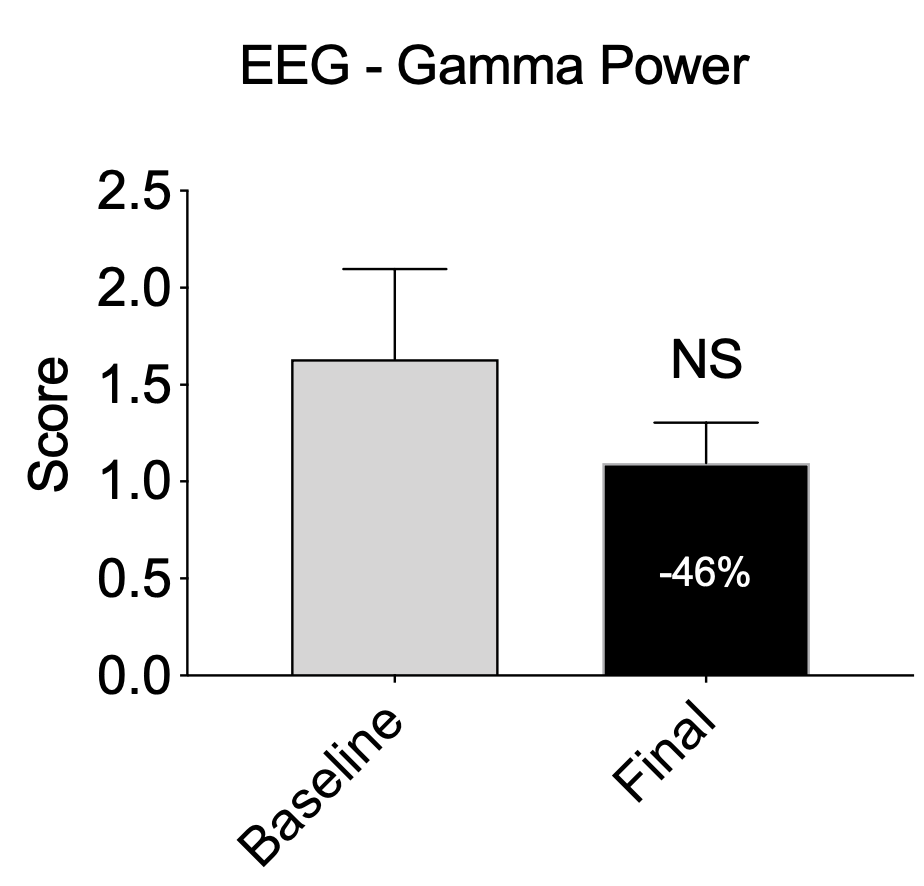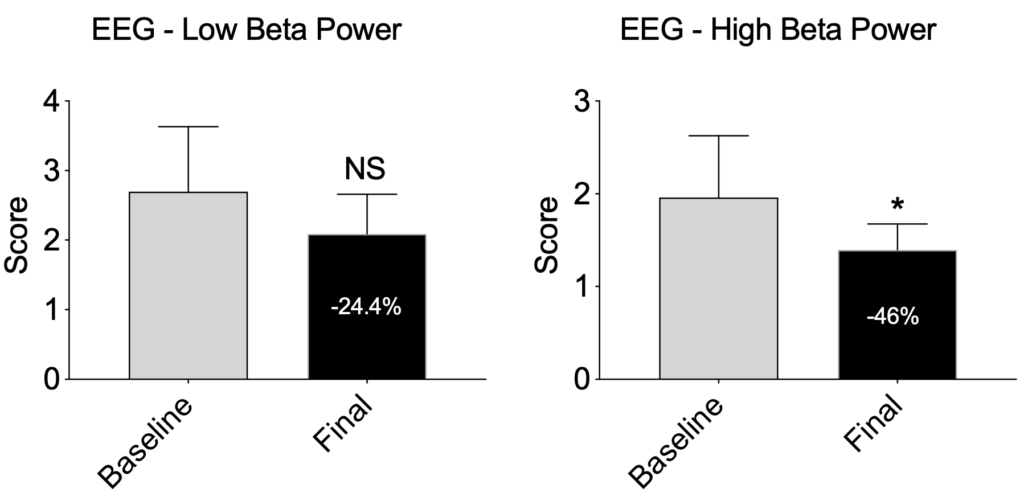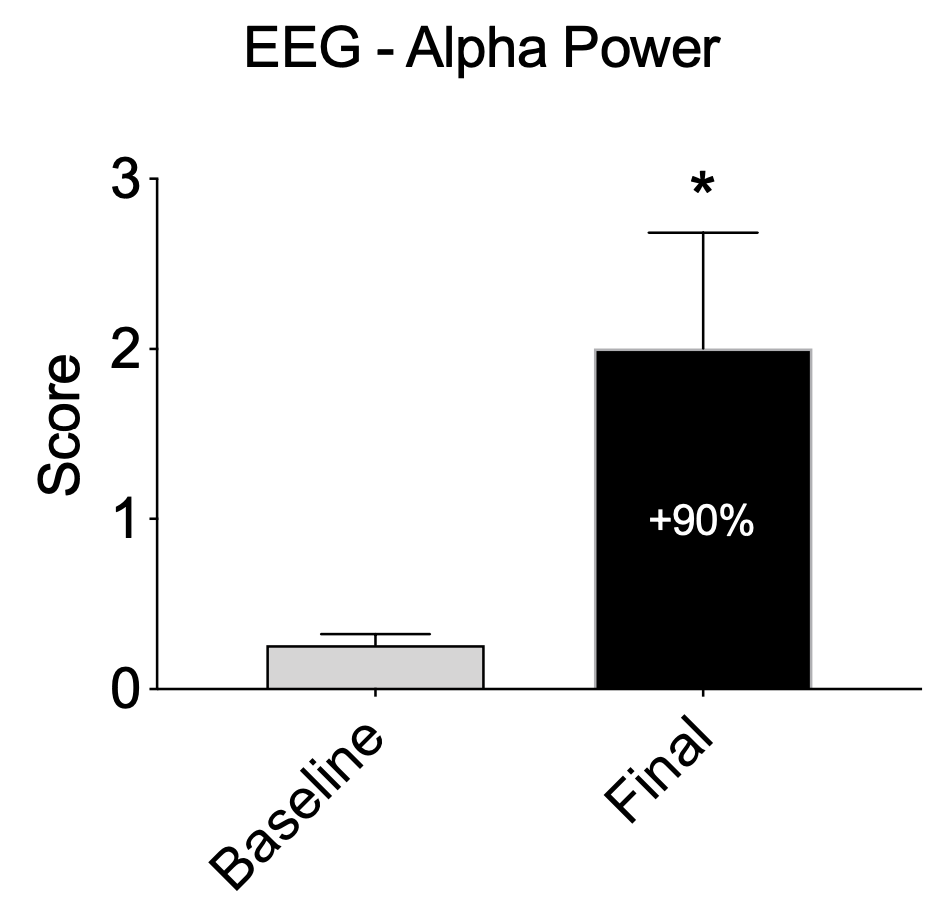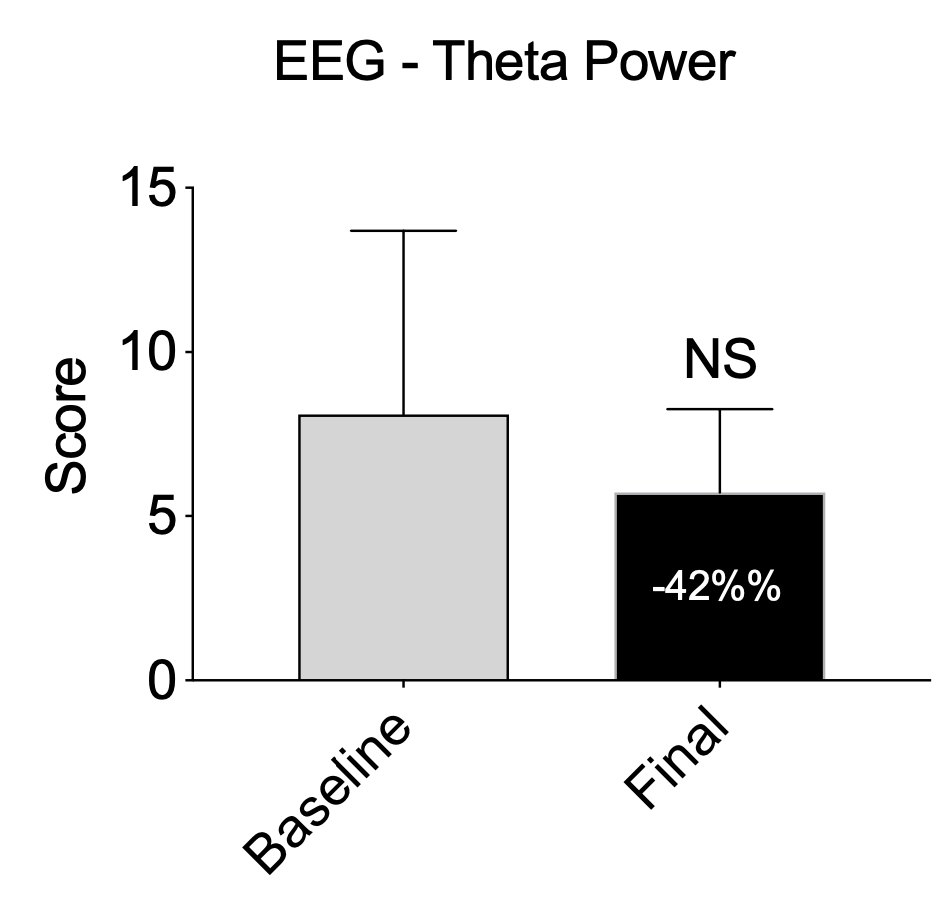Effect of Brainwave Entrainment and Transcranial Photobiomodulation on Brainwave Power of College Golf Players
Submitted to the 2022 International Congress on Integrative Medicine and Health.
Title: Effect of Brainwave Entrainment and Transcranial Photobiomodulation on Brainwave Power of College Golf Players.
Authors: Francisco Jose Cidral-Filho1, Eber Fontes2, Patrick K. Porter3, Geraldine Perez3
Affiliation:
1- Experimental Neuroscience Laboratory (LaNEx), University of Southern Santa Catarina, Palhoça, Santa Catarina, Brazil.
2- Postgraduate Program in Health Sciences, University of Southern Santa Catarina, Santa Catarina, Brazil.
3- Doctorate and PhD Programs in Integrative Medicine. Quantum University. Honolulu, HI..
4- Seminole State College, Sanford, FL – USA.
Background: Transcranial photobiomodulation (tPBM) is a novel form of neuromodulation, based on non-retinal exposure to light at specific wavelengths, mainly in the red or near-infrared range. tPBM has been show to improve memory and attention, and induce sleep regulation (Farzad et al., 2018). Brainwave entrainment (BWE) refers to the use of rhythmic stimuli with the intention of producing a frequency-following response of brainwaves to match the frequency of the stimuli. The stimulus is usually either visual (flashing lights) or auditory (pulsating tones) (Huang & Charyton, 2008). BWE has been shown to influence Brainwave power and significantly improve attention (Wahbeh et al., 2007); as well as Reduce anxiety and stress (Le Scouarnec et al., 2001; Padmanabhan et al., 2005). The combination of tPBM and BWE has not yet been studied.
Methods: The study was conducted at the Laboratory of Experimental Neuroscience – University of Southern Santa Catarina (UNISUL), Brazil, and the protocol was approved by the Institutions Ethics committee. Informed consent forms were obtained during patient screening phase of the study at the site of the tests. Sample size consisted of 7 university students (Four males and three females. Ages between 20 and 58), who were not making use of analgesics, anti-inflammatories or sleep aids 7 (seven) days prior to, as well as during the study, and who had no hearing disabilities. ABE was delivered with a BrainTap headset (New Bern – NC – USA) in 20-minute sessions 3 times a week for 6 weeks. Session consists of Binaural beats at 18 to 0.5 HZ, Isochronic Tones at 18 to .0.5 HZ and visual Entrainment through light-emitting diode lights at 470 nanometers (nm) flickering at 18 to 0.5 HZ. The following questionnaires were applied at baseline and after 6 weeks: Epworth Sleepness Scale – Daytime sleepiness (ESS), Insomnia Severity Index (ISI), Pittsburgh Quality of Sleep Index (PQSI), Depression Anxiety and Stress Scale (DASS-21), and Perceived Stress Scale (EPS-10).Trial was pre-approved by Seminole State College Internal Review Board. Participants were screened and asked to sign an Informed Consent Form. Sample size consisted of 8 adult female College Golf Athletes (18 or more years of age) with no hearing disabilities and no prior use of BWE or tPBM. Participants were randomly assigned by simple draw to either Group A or B. Group A underwent BWE sessions 2 times a week for the first 3 weeks, then tPBM 2 times a week for the next 3 weeks; Group B underwent tPBM for the first 3 weeks, then BWE for the next 3, totaling a 6-week intervention period. BWE was delivered in 20-minute sessions with a BrainTap headset (New Bern, NC). BWE Sessions consisted of Binaural beats and Isochronic Tones varying from 18 to 0.5 HZ as well as visual Entrainment through light-emitting diode lights at 470 nanometers (nm) flickering at the same rate (18 to 0.5 HZ). tPBM was delivered in 10-minute sessions with a tPBM helmet composed of 660 nm (n=100) and 850nm (n=100) evenly distributed. Total irradiance delivered per session was 1000 mW/cm2 per minute. Evaluation of total brainwave power was conducted with the Emotiv Epoc+ 14-Channel Wireless electroencephalogram (EEG) Headset (San Francisco, CA). EEG sessions were conducted at baseline and after 6 weeks and consisted of 2-minute eyes open immediately followed by 2- minute eyes closed readings. The aTrial was pre-approved by Seminole State College Internal Review Board. Participants were screened and asked to sign an Informed Consent Form. Sample size consisted of 8 adult female College Golf Athletes (18 or more years of age) with no hearing disabilities and no prior use of BWE or tPBM. Participants were randomly assigned by simple draw to either Group A or B. Group A underwent BWE sessions 2 times a week for the first 3 weeks, then tPBM 2 times a week for the next 3 weeks; Group B underwent tPBM for the first 3 weeks, then BWE for the next 3, totaling a 6-week intervention period. BWE was delivered in 20-minute sessions with a BrainTap headset (New Bern, NC). BWE Sessions consisted of Binaural beats and Isochronic Tones varying from 18 to 0.5 HZ as well as visual Entrainment through light-emitting diode lights at 470 nanometers (nm) flickering at the same rate (18 to 0.5 HZ). tPBM was delivered in 10-minute sessions with a tPBM helmet composed of 660 nm (n=100) and 850nm (n=100) evenly distributed. Total irradiance delivered per session was 1000 mW/cm2 per minute. Evaluation of total brainwave power was conducted with the Emotiv Epoc+ 14-Channel Wireless electroencephalogram (EEG) Headset (San Francisco, CA). EEG sessions were conducted at baseline and after 6 weeks and consisted of 2-minute eyes open immediately followed by 2- minute eyes closed readings. The average of the overall brainwave power of the 14 channels is reported.verage of the overall brainwave power of the 14 channels is reported.
Results: Two-tailed Paired T-test with 95% confidence interval (GraphPad software v.9, La Joula, CA) between baseline and end of study EEG evaluations demonstrated the following: decrease in Low Beta (-24.4%, p<0.1171) and High Beta (-46%, p<0.0278); increase in Alpha (90%, p<0.0009); decrease in Theta (-42%, p<0.3206) and Gamma (-46%, p<0.0098).
Conclusion: The interventions used herein induced statistically significant changes in brainwave activity of College Golf Players. To the best of our knowledge this is the first report to demonstrate the combined effects of BWE and tPBM upon brainwave activity.
Graphs

Gamma. Gamma waves are the fastest measured brainwaves and are considered essential for information and sensory-binding and are present during cognitive thought when the brain is processing and linking information from all parts of the brain.

Beta. Beta waves are present when we are in a state of mental or intellectual activity and outward focus, like when we are thinking, problem-solving, processing information or feeling anxious.

Alpha. These brainwaves are associated with a state of relaxation. Alpha waves will occur when our brains shift into a relaxed and disengaged or idle state.

Theta. Theta waves are present when we are daydreaming or fantasizing and are commonly associated with creativity and intuition.
